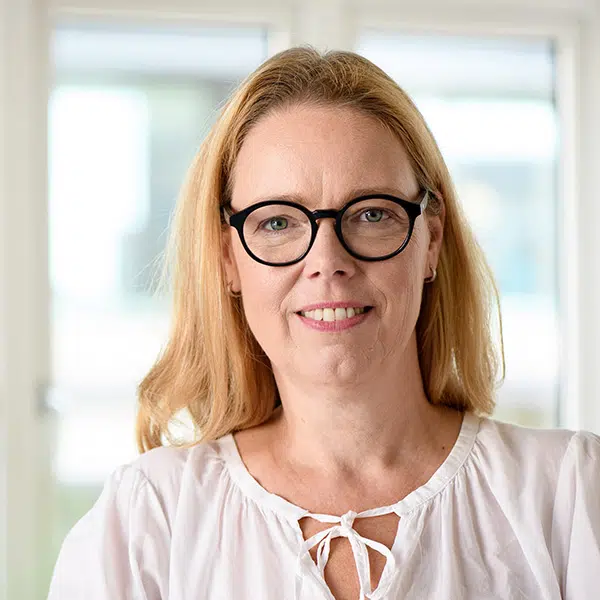Peggy Seehafer
GynZone Live proudly presents:
Peggy Seehafer, Midwife, Anthropologist

How can we prevent operative vaginal birth (OVD)
Speaker: Midwife, Anthropologist Peggy Seehafer
Peggy has been on the board revising the national guidelines for OVD in Germany, and is editor of the German Journal of Midwifery. Her presentation will discuss:
- Complications and outcomes of OVD
- Incidence of OVD
- Correlation with obstetric procedures
- Evidence-based recommendations for your clinical practice
The presentation and discussion will be in English.
Can’t make it to the live session? Log in to My GynZone and watch the latest recorded session ?
How can midwives help to prevent anal sphincter injuries during birth?
Meet GynZone Live: Meet the Expert Midwife Peggy Seehafer.
Peggy Seehafer’s presentation includes:
- Incidence of OASI
- Individual risk assessment
- Correlation with obstetric procedures
- Obstetric processes that are influenced by midwives and hospital organization
- What is the current evidence about perineal protection?
- RCOG multi-center trial on perineal protection: did manual techniques make a difference?
Link to online learning at GynZone:
Vaginal birth and perineal protection
The history of the episiotomy and current research
In Germany, home visits by midwives are offered up to 10 times after the birth.
Peggy Seehafer’s presentation includes
- The history of the episiotomy: why was the procedure invented?
- WHO guidelines for good practice: max 10% episiotomies
- Angle of the incision: 45 or 60 degrees?
- Starting point for the incision: mediolateral or lateral?
- Instruments on the market and new inventions in England and the Netherlands
- Healing after an episiotomy: what does the woman feel?
- Long-term perspective on women’s abdomen: follow-up 30 years after birth
Link to online learning at GynZone
Diagnosis of birth lacerations
Meet our GynZone Live Expert: Midwife Peggy Seehafer. Peggy has 30 years of experience in suturing and evaluating healing in the perineum after vaginal births.
The presentation will consist of medical illustrations, photos and clinical video
- Classification grade 1-4 according to international guidelines
- Pelvic floor anatomy: vaginal mucosa, perineal muscles and connective tissue
- Diagnosis explained with illustrations, photos and video: Tears of 1st – 4th grade and episiotomy
- Good working conditions when you inspect after the birth
- Optimal placement of the woman and the newborn child during diagnosis and suturing
- GynZones OSATS: a checklist for performing diagnostics correctly
Link to online video library and Quiz with course certificate at GynZone on this topic: https://my.gynzone.com/courses/64-diagnostics